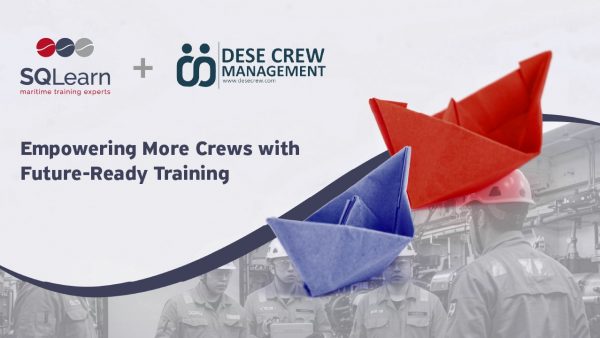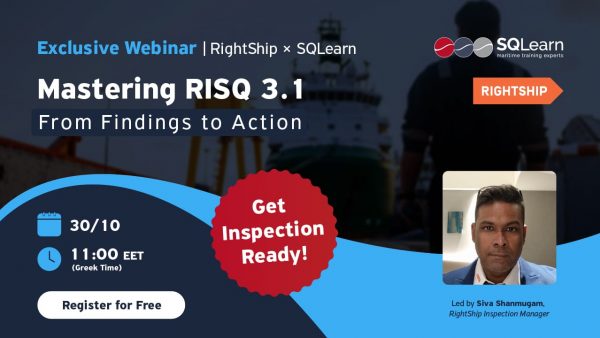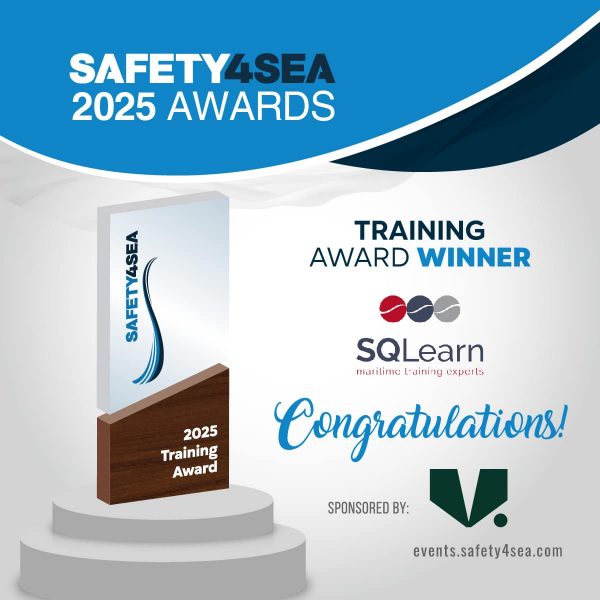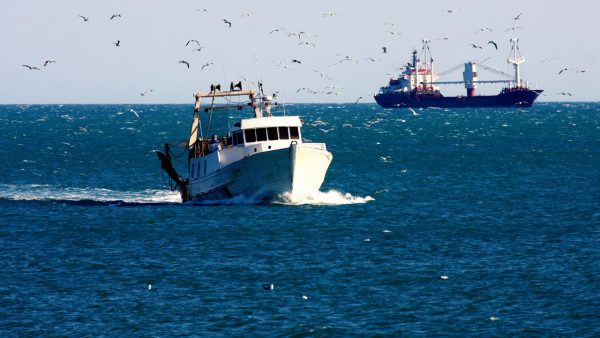Mintra acquires SQLearn to strengthen presence in the Greek maritime market
10.12.2025 – Mintra, a global leader in digital learning and workforce management solutions for the maritime and energy sectors, is pleased to announce that it has completed the acquisition of SQLearn, a leading Greek provider of online maritime training solutions. This strategic acquisition marks the next phase in Mintra’s commitment to support the maritime industry’s…










